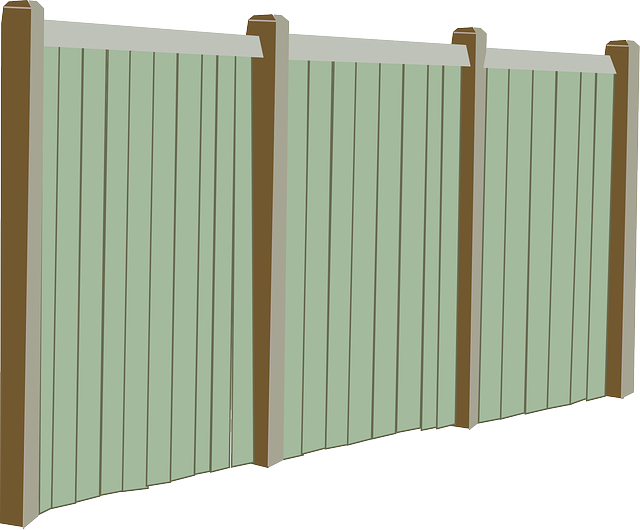In New Bedford, Massachusetts, where seasonal weather transitions can be dramatic, proper fence maintenance is crucial to ensure longevity. This article offers a comprehensive guide for homeowners, detailing the best practices for maintaining fences during each season. We’ll explore how to navigate the unique climate, from regular cleaning and inspections to performing seasonal repairs and treating your fence to extend its lifespan. By following these recommendations, New Bedford residents can keep their properties’ boundaries looking their best year-round.
- Understanding New Bedford's Climate for Fencing
- Regular Cleaning and Inspection Procedures
- Seasonal Repairs and Maintenance Tips
- Enhancing Your Fence's Lifespan with Treatment
Understanding New Bedford's Climate for Fencing
New Bedford, Massachusetts experiences four distinct seasons, each bringing unique weather conditions that can impact fence structures. Understanding the local climate is essential when it comes to maintaining and preserving fences. The city’s winter months are cold and snowy, with temperatures often dropping below freezing. This period requires specific care for wooden fencing, as prolonged exposure to moisture and frost can lead to rot and damage.
During the spring and summer, New Bedford enjoys milder temperatures and higher humidity levels. While this is beneficial for plant growth, it also means increased moisture content in the air, which can affect treated wood fences over time. Regular cleaning and sealing are crucial during these months to prevent water stains and potential warping. The fall season brings cooler temperatures and changing foliage, signaling the end of the growing season. This is an excellent time to inspect fences for any signs of damage or deterioration caused by summer weather conditions.
Regular Cleaning and Inspection Procedures
Regular cleaning and inspection are vital components of seasonal fence maintenance. For New Bedford, Massachusetts property owners, this typically involves a twice-yearly routine. In the spring, before new growth begins, thoroughly clean the fence using a pressure washer or stiff brush to remove any buildup of dirt, leaves, or debris. This is also an opportune time to inspect for any structural damage, such as loose or missing pickets, rotten wood, or weak posts.
In the fall, after the growing season ends, another round of cleaning and inspection is necessary. Fallen leaves and twigs can attract pests and promote rot, so removing them promptly is crucial. During this maintenance period, check for signs of wear and tear, including rust on metal components, cracks in wooden parts, or areas where wildlife has been attempting to gain entry. Regular care not only extends the life of your fence but also ensures it remains a safe and attractive boundary for your property.
Seasonal Repairs and Maintenance Tips
Keeping your fence in top condition is an ongoing task, but with regular seasonal maintenance, you can extend its lifespan significantly. In New Bedford, Massachusetts, where varying weather patterns occur throughout the year, it’s crucial to be proactive. During the spring, inspect your fence for any winter damage, such as broken or loose pickets, and make repairs promptly. This is also an excellent time to clean and seal wooden fences, preventing rot and maintaining their beauty.
As summer approaches, ensure regular cleaning and inspection. Remove any vegetation that may have grown around the fence base, as it can weaken the structure. In late summer or early fall, consider painting or staining your fence to protect it from the upcoming colder months. Lastly, before winter sets in, take measures to prevent frost damage by ensuring proper drainage and considering protective coatings that can withstand freezing temperatures.
Enhancing Your Fence's Lifespan with Treatment
Regular treatment is key to extending your fence’s lifespan and preserving its appearance in New Bedford’s varying climates. Applying a quality sealant or paint every 1-2 years can protect against moisture, UV rays, and harsh winter conditions that may weaken and deteriorate wood over time.
First, clean the fence thoroughly to remove any dirt, debris, or mildew. Then, apply a primer if needed, followed by the chosen sealant or paint. Using weather-resistant products specifically designed for outdoor fences ensures long-lasting protection. Regular maintenance not only enhances aesthetics but also prevents costly repairs down the line.
